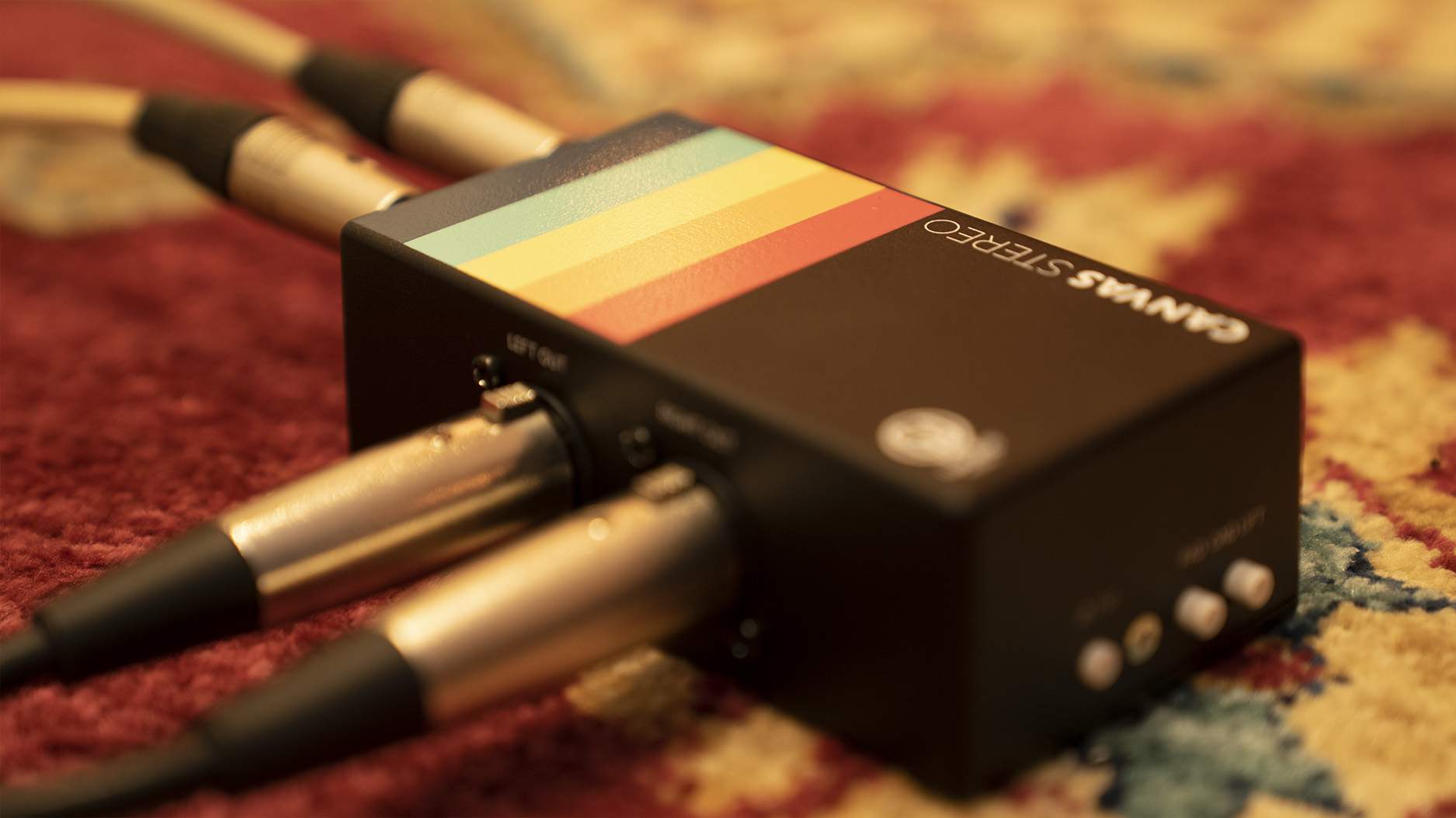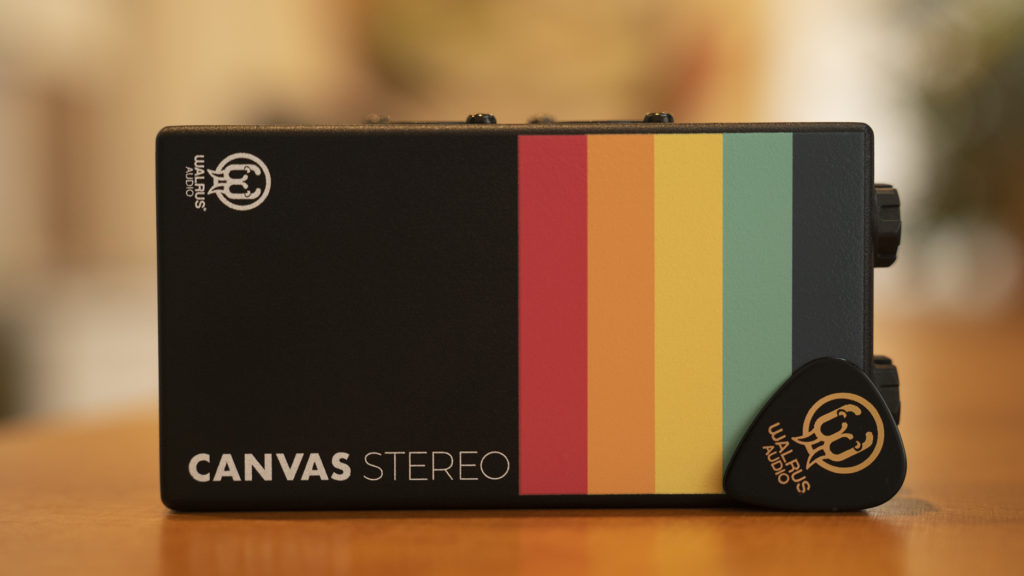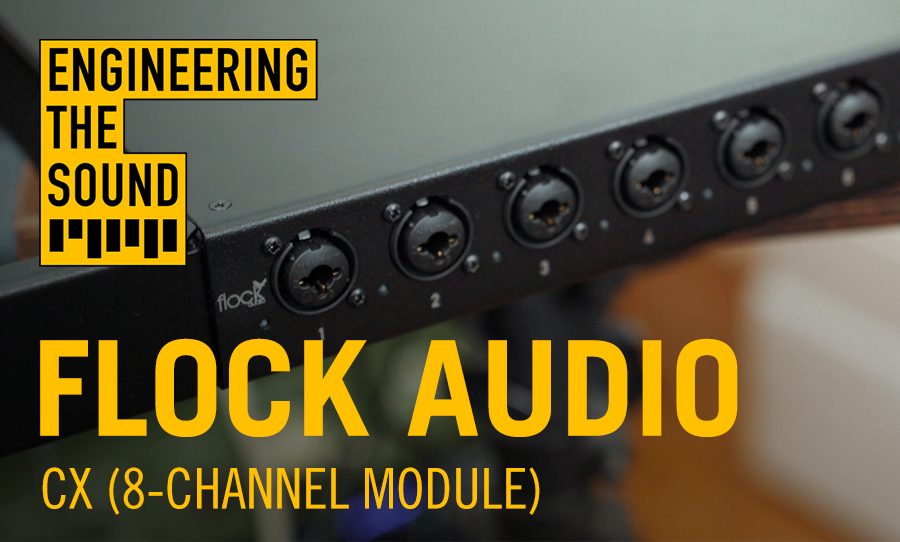Walrus Audio has built its reputation on superb sounds and aesthetics. Their new Canvas pedal takes an innovative approach to the humble D.I. box.
Walrus Audio is a very cool company — so what’s their take on the D.I. — one of the humblest pieces of audio equipment you’re likely to find. The answer is Canvas: an aesthetically pleasing and multi-functional D.I.
Canvas has two different modes, a summing function, a pad, a ground lift, custom wound transformers, and a special travel bag. On top of all that, it’s bound to catch eyes in the studio and on stage. Let’s check it out!

What’s in the bag?
For a D.I. box Canvas’ features and design really are more functional than anything else I’ve personally used. For one — as a stereo D.I. — it’s a small unit, but it still feels spacious. The XLR connections being on the side, and the inputs and thru quarter-inch jack connections being on an end — at a 90-degree angle — makes it easy to attach this to a pedalboard or something similar.
As for the build quality, the housing is very sturdy, the XLR outputs and the quarter-inch jack inputs and thru outputs are of the highest quality and internally the unit has custom-wound transformers. The buttons for D.I. or Line Isolator, sum, pad and ground lift are easy to engage and are accessible. The small manual is clear on its functionality.
The design is impactful with its colour rainbow and elegant graphics reflecting the Canvas catchline: “Your sound is your paint, and this is your canvas.”

Features
Canvas’ two modes are simple. Standard D.I. (direct injection) mode will take your unbalanced, high impedance signal (electric guitar, acoustic guitar, bass guitar, etc) reduce it by -20dB, and turn it into a balanced signal.
Line isolator mode will take an unbalanced, low impedance signal (keyboards, amp sim — like Walrus Audio’s ACS1) and turn it into a balanced signal. Both modes go through the custom-wound transformers.
The other features are the pad with a -15dB (only functional in D.I. mode), ground lift (reduce those nasty hums), and the sum button. The sum function — when pressed in — combines both the left and right inputs so that you can have one output from either the left or right thru (think stereo keys into a mono amp, stereo guitar signal into a single amplifier, etc).
Canvas also ships in a lovely travel bag, so you can keep that colourful rainbow intact, and save those buttons from being knocked.
Overall, I generally shrug my shoulders at a D.I. box but Canvas is a cut above the competition. Could I send a stereo keyboard to the front-of-house mixing engineer and also sum the left and right thru on Canvas into an amp? Yes! Could I record an electric guitar with clean on one side (before pedals) and effected (after pedals) on the other side and have two high quality captures? Yes! Whatever your specific needs, Canvas is likely to have you covered.
Head over to Walrus Audio for more details.



